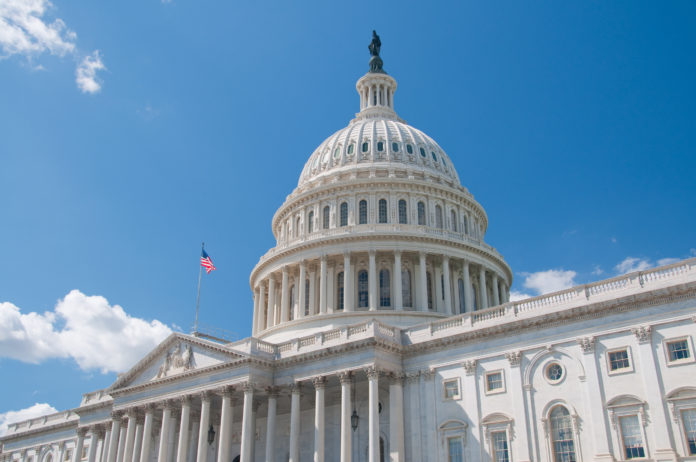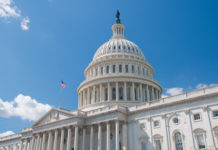Select each title below to read more:
SNF Prospective Payment Final Rule Includes 3.2% Increase for FY2026
On July 31, the Centers for Medicare & Medicaid Services (CMS) issued a final rule updating Medicare payment policies and rates for skilled nursing facilities under the Skilled Nursing Facility Prospective Payment System (SNF PPS) for fiscal year 2026, which begins October 1. CMS is finalizing updating SNF PPS rates by 3.2% compared to the 2.8% increase CMS had proposed in April. The update is based on the final SNF market basket of 3.3%, plus a 0.6% market basket forecast error adjustment, and a negative 0.7% productivity adjustment.
The SNF Value Based Purchasing program will see changes under the final rule, including a new policy that will allow a SNF to appeal a decision made on a review-and-correct reconsideration request prior to any data being made publicly available. CMS has also finalized changes to the Quality Reporting Program that LeadingAge supported in our comments on the proposed rule, including the removal of four standardized patient assessment data elements relating to social determinants of health (living situation, food, and utilities) and changes to CMS’s reconsideration policy and process related to non-compliance determinations that a SNF has not met the Quality Reporting Program reporting requirements. We will provide additional analysis in the coming days. The text of the final rule is available here and a CMS Fact Sheet is available here.
Final FY2026 Hospice Wage Index Increases Rate to 2.6%, Provides No HOPE Delay
On August 1, the Centers for Medicare and Medicaid Services released the FY2026 Hospice Wage Index Final Rule. The final hospice payment update percentage for FY 2026 is 2.6%. The rule also includes a final change to the admission to hospice, specifically, propose to add the text “or the physician member of the hospice interdisciplinary group” at § 418.25(a) and (b) to indicate that, in addition to the medical director or physician designee, the physician member of the hospice IDG may also determine admission to hospice care.
Additionally, CMS is finalizing that the attestation from the physician or nurse practitioner who conducts the face-to-face must include their signature and date of signing, however based on provider feedback, CMS will allow the face-to-face clinical note to satisfy this requirement. Despite clear concerns from the sector, CMS made no planned delay for the Hospice Outcomes and Patient Evaluation (HOPE) tool. LeadingAge will prepare a detailed analysis for members in the coming days.
CMS Removes Focused Infection Control from Standard Survey Process
The Centers for Medicare & Medicaid Services (CMS) released memo QSO-25-23-ALL on July 30, announcing that Focused Infection Control surveys will no longer be a part of the long-term care survey process. Implemented during the COVID-19 public health emergency (PHE), these focused surveys were continued on a reduced scale after the PHE expired in May 2023. The July 30 memo clarified that any COVID-19 or infection control concerns will now be investigated through the complaint survey process rather than as part of the standard survey. Read the memo here.
CMS Releases Information Collection Request Relating to EVV
On August 1, the Centers for Medicare and Medicaid Services (CMS) posted an Agency Information Collection Comment Request. The request outlines reissuance of the state survey CMS uses to collect information on state-level compliance and implementation of Electronic Visit Verification (EVV). The request reiterates that states will have ongoing access to a live survey to submit quarterly updates on EVV compliance. Failure to comply with EVV provisions results in reductions in federal matching payments to states. Providers could use this opportunity to reiterate the unfunded burden- both in time and financial- that was imposed with the finalization of the rule mandating EVV in Medicaid. The request and information on comment submission is available here.
OIG Report Examines Use of Nursing Home Medicaid Payments for Direct Care Compensation
A report released by the Department of Health and Human Services (HHS) Office of Inspector General (OIG) on August 4 analyzes the use of Medicaid payments for direct care compensation in nursing homes. The report uses Medicaid cost reporting and payroll-based journal data for 26 nursing homes, comparing data between 2018 and 2021. OIG found that of the 26 nursing homes, 17 increased the percentage of Medicaid funds spent on direct care compensation between 2018 and 2021. Of these 17 nursing homes, OIG also found that 12 had decreases in nursing hours per resident day (HPRD) between 2018 and 2021.
Upon interview, most nursing homes reported increased labor costs, including contract staff, as a factor contributing to the increases in use of Medicaid reimbursement for direct care compensation. Workforce shortages, including challenges relating to COVID-19, contributed to decreases in HPRD. This report from OIG comes at a time when there is much buzz about the use of Medicaid funds for direct care compensation across aging services providers. Nursing homes will begin reporting on the amount of Medicaid payments spent on direct care compensation by 2028 based on requirements finalized in 2024.





